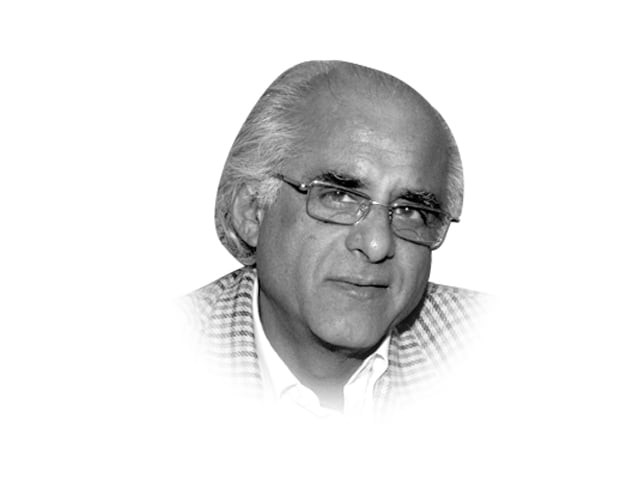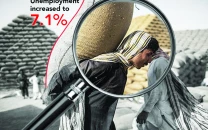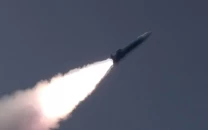The graves at Khost
Who were these mysterious, unfortunate children to die in wild, desolate Khost in closing years of 19th century?

It used to be — and still is (my last visit being March 2011) — a place that belongs in films where Indiana Jones-type heroes search for ancient treasures. It is a place that smells of high adventure; there is a palpable air of some anxiety-making reality about it that Khost does not wish to divulge readily. The difficult access, the distant line of snow-streaked mountains (if the season is right), the sky of vitreous blue, the dusty hills and the turbaned Pashtuns strolling in the bazaar are all other-worldly.
I loved it from the time I first saw Khost a quarter century ago. It was en route to Khost by train that I had seen a team of surveyors, complete with plane table and theodolite, resting in the shade of a spreading mulberry tree outside Shahreg. The very image that raised goosebumps on three generations of surveyors and adventurers from the Victorian to the pre-World War II years remains etched in my mind. I still get misty-eyed recalling it because, plane tabling, at least to my mind, comes from an age of chivalry and gentlemanly conduct even in a dastardly imperial tussle.
The quaint railway station building with its pitched roof and thick walls is now beginning to crumble. Across the lines in front of it, there is a low hill. On it, there once stood a little cemetery with perhaps a dozen graves. Here slept soldiers from distant Ireland and the wind-scoured braes of Scotland and from remote Welsh cwms. The little notebook that I kept in those days has been lost in the several moves made in the intervening years, but if memory serves, there was a civil servant or two as well.
Now, those were days of reversal film that needs to be stored very carefully. And I had no storage facility, so with time, I lost all my old photographic work to fungus. Over the years, I returned perhaps three or four times. I was saddened to see the tombs vandalised. They went one by one.
By 1999, only two remained. These were the tombs of Sarah Nicholas and her brother Stephen. Sarah’s tomb was a short, circular column with a marble plaque inscribed in English above and below, surprisingly, in Cyrillic script. She was born on November 7, 1897 and died April 24, 1899. Stephen’s date of death on his grave is May 12, 1897; the year of death being tantalisingly ineligible in the only surviving image which is preserved in my book, Prisoner on a Bus.
Unlike Sarah’s tomb, Stephen’s was topped by a metallic cross-shaped sarcophagus. On its four facets it carried inscriptions in Hindi, Urdu, English and the Cyrillic script. I do not remember the year I next returned to Khost, but whenever I did, Stephen’s sarcophagus was gone, sold as metal scrap for a few rupees by some greedy local. As for Sarah’s marble plaque, another shard had been broken off. It still stood in March 2011.
Who were these mysterious and unfortunate children to die in the wild and desolate country of Khost in the closing years of the 19th century? Now Nicholas (as spelled on the tombs) and Nikolas is a common enough surname in Europe. However, going by the Cyrillic inscription, the children were obviously of Russian descent. Who were their parents?
Consider: time was fast running out for the old Russian nobility in the last decade of the 19th century. Could it be that the parents, somehow endangered, were attempting to flee to make a better life in India? Or were they simply trying to make off with treasure from a dying empire? This is by no means outlandish for we do know that families from Russia did, in fact, find refuge in India during the upheaval led by Lenin.
But the question of the unfortunate family that lost its precious children in the wilds of Khost remains tantalising.
Published in The Express Tribune, May 5th, 2012.














COMMENTS
Comments are moderated and generally will be posted if they are on-topic and not abusive.
For more information, please see our Comments FAQ